

Hey what’s up!
So before I dive into this article and tell you how I'm an Amazon 6 figure seller, I want to be totally upfront and honest with you…
These days I spend most of my time working on my local lead generation business which is now making me $30K a month.
The honest truth is that Amazon FBA is becoming harder and harder each year.
You can definitely still make money selling on Amazon, and it’s still a legit business model, but you gotta ask yourself…is it worth it?
Let me ask you a question which I wish someone had asked me 5 years ago…
Do you really want to start an Amazon FBA business, or do you just want an online business that allows you to create more income and freedom in your life?


I know when I got started with Amazon FBA, I thought I wanted to create an Amazon business.
What I really wanted though, was what an Amazon business would give me.
More money and more time to do the things I wanted to do.
After being in the game for 5 years, the biggest thing I’ve learnt is that there are a lot of dark sides to this business that no one tells you about.
I’m gonna save you a lot of pain and let you in on the dirty secrets that you need to know before you commit to Amazon FBA yourself.
I’m also gonna show you that there’s a better way which I think will give you what you’re really looking for...a better life, not an Amazon business.
1. THE BUSINESS MODEL: What is Amazon FBA?
Ok let's talk about the nuts and bolts of Amazon FBA.
In a nutshell, it's the process of selling your own products on the worlds biggest online shopping platform (Amazon of course).


The kicker is that FBA stands for “Fulfilled By Amazon”, meaning that Amazon will handle the entire payment and shipping process for you.
In most cases, once they take the payment from the customer, they will then handle the logistics of shipping the order right to their front door (usually within 24 hours).
For this privilege, Amazon then takes a shipping fee, as well as a commission fee on each sale.
The rest is paid to you every 2 weeks.
The Amazon FBA Process


Boom! Sounds simple enough right?
Well in theory it is.
But let me be clear...there is a lot more that goes into selling on this shopping platform than meets the eye.
Amazon is a complicated beast at the best of times, as I soon found out once I started my selling journey.
2. COST: You’re Gonna Need $10K - $15K to Get Started
Hands down the biggest shock I got when I started selling on Amazon was how much it costs to get started.
Here’s the math.
You decide you’re gonna start an Amazon FBA business.
After ordering samples for your product, you decide you’ll order 500 units from a supplier.
Let’s say they cost $5 a unit.
That’s only $2,500 right?
No big deal.
Here’s where it starts getting real messy…


What most Amazon newbies don’t realize is that it will usually take you around 90 days to get your order created and then shipped from your supplier into Amazon’s warehouses?
So what does this mean?
Well let’s say you place your first 500 unit order with your supplier, and 90 days later you’re in business, selling on Amazon.
Great.
There’s just one problem though.
You only have 500 units to sell.
You don’t have any new stock ordered, which means that even if you placed a 2nd order with your supplier that very day, you’re still 90 days away from being able to sell it on Amazon.


So that means your first 500 units have to last you 90 days.
That's only 6 units a day.
Now I don’t know about you, but I didn’t get into the Amazon FBA business to sell 6 units a day.
I’m more of a 100+ unit a day kinda guy.


So the reality then, is that once you place your first 500 unit order with your supplier, you’ll probably need to chase that order with a 2nd one, and possibly even a 3rd, all before you even start selling your product on Amazon.
If you don’t, you’ll almost certainly run out of stock, which means you lose all your sales velocity, ranking, traffic and momentum.
You'd basically be starting again.


So in order to make sure you don't run out of stock, you'll more than likely need closer to $7,500 for your first 3 orders (or one large order), all before you've even started selling on Amazon.
Next, you’ll need to pay for shipping for each of the orders (at least $1,000 per 500 units).
That takes the total to over $10K.
Then throw in PPC advertising, monthly warehouse storage fees, refunds, damaged stock, launch giveaways, and now you’re gonna be close to needing $15K to get your FBA business off the ground.
This is before you even sell a single unit of stock.
….and guess what?
You don’t even know if anyone is going to buy your product!
Talk about a risky start to your business.
3. WITHDRAWING PROFITS: It's Hard if You Want to Scale
When I started my Amazon business, I assumed I’d simply reinvest some of my profits into the business and withdraw the rest.
This sounds great in theory, but the reality is that as your product grows in popularity, you’ll need to reorder more and more stock in greater quantities each time.


With profit margins of only 20% (I'll address this more later) you’ll soon find that your profits don’t go very far if you’re looking to scale your business.
3 years into my Amazon business, I was still only withdrawing a measly $500 a month out of the business, even though I was often making $5,000+ a month profit.
After putting aside money for taxes, I found that whatever was left needed to go back into new inventory if I was going to avoid the dreaded mistake of running out of stock.
4. AMAZON CAN KICK YOU OUT ANYTIME: You’re Just Playing in Their Playground.
One of the biggest factors to be aware of when selling on Amazon is that you are nothing more than a guest in their playground.
Think of Amazon as a big bully.
You’re playing at their house, and if they don’t like anything you do, they can kick you out and send you home crying.


Yip, they can literally kick you off their selling platform without any warning.
You could wake up one morning and find an email from them telling you that you’ve been banned from any further selling activities.
When this happens, you’ll be left with thousands of dollars worth of inventory that you can no longer sell, and you’ll also have nowhere to store it.


Amazon also doesn't care whether you’re a newbie seller, or a multi million dollar seller.
They will treat you just the same.
I’ve heard of sellers that have been selling 1,000 units of their product a day being kicked off Amazon’s platform without any warning.
All for breaking one of their many Terms of Services.


Just like that, sellers can go from having a business that makes $100K a month, to nothing overnight...without any warning.
No customers, no warehouse storage, no fulfillment process, no website or product listing...nothing!
Is that the kind of foundation you’d ever want to quit your day job over?
5. SHIPPING COSTS: You're Totally at Their Mercy
It’s one thing having your product made by your supplier, it’s another getting it to Amazon’s warehouses so you can list it on their platform and sell it.


When it comes to shipping your products from your supplier to Amazon, there are two critical factors you have almost zero control over.
Time and Money.
I’ve already mentioned that you can expect an end to end timeline of around 90 days from the start of placing your order with your supplier, to receiving it at Amazon.
Of the 90 days, you’ll usually find about 60 days are allocated to shipping.
That’s if everything goes to plan.
In my 5 years of selling on Amazon, I’ve almost never had a shipment that hasn’t incurred some sort of delay.


In most cases this has only been 5-10 days, but it’s important to note that you have almost no control over how long the ship carrying your products will take to arrive at its destination.
More importantly, the biggest factor you have zero control over when it comes to shipping is the cost.
During the COVID-19 pandemic, there was a major backlog of ships arriving at ports in the US and UK from China, due to the strict control measures in place.
This created a greater demand than supply, which meant one thing...shipping suppliers could triple their prices over a period of 5 short months.
Yes, you read that correctly.


In the space of a few months, the cost of shipping my products to Amazon went up 3X.
I went from making $5.45 profit per unit, to $3.65, simply due to the increase in shipping cost.
Worst of all, I had no choice but to accept it.
If I didn’t, I’d be out of business because I wouldn’t be able to get my inventory to Amazon.
I’m just grateful that they didn’t increase the price by 10X, because I would have had no choice but to pay that too.
The big takeaway is that you have no control over shipping lead times or cost.
Your hands are completely tied.
You are totally at the mercy of the shipping companies...which makes your business extremely vulnerable.
6. WAREHOUSE FEES: Get Ready to Pay
A big part of the FBA model is that your inventory is stored in Amazon’s warehouses.
This allows them to handle the fulfillment process of each order that is placed, and makes up the foundation of their next day Prime delivery model.


Storing your inventory in Amazon’s warehouses has pros and cons to it.
Of course the good thing is that you don’t have to rent warehouse space with a 3rd party company or pay staff to process each order.
The downside is that storing your inventory in Amazon’s warehouses means you are at their mercy when it comes to warehouse fees.
Amazon charges a fixed pick and pack fee for processing each order (usually a few dollars depending on the item), as well as a commission on each sale.
What a lot of entry level Amazon sellers don’t realize is that they also charge you a monthly storage fee, based on the volume of your inventory.
This is often a hidden cost that is not factored into net profit calculations, and it can really sting you when you are suddenly charged an extra $3,000 a month for storing your inventory.


The real pain point comes in that Amazon seems to change their fees with each season, depending on the demand.
I’ve had situations where our storage fees have doubled over the Xmas period, and more recently I experienced restrictions on how many units I was allowed to hold at any given time.
After launching a new product, I found I was only allowed to store 200 units at a time.
The problem was I’d ordered 2,000 units from my supplier.
This meant I had to find a 3rd party warehouse facility who would handle my overflow inventory, and then get them to ship it into Amazon 200 units at a time.


This added a lot of extra cost and headache to what should have been a simple process.
For me, this is once again a cold reminder that as an Amazon seller, you are nothing more than a pawn in their game.
They make the rules, and you have to play by them.
7. PROFIT MARGINS: They’re Lower Than You Expect
Retail profit margins are usually pretty low, but when it comes to selling online I’ve become used to slightly higher margins.
I mean, online you don’t need expensive retail floor space, or staff to run this space.
I’ve done affiliate marketing in the past which has high profit margins, and currently lead generation where I’m seeing profit margins of up to 95%.
With Amazon FBA though, you’re lucky if you’re seeing 20% - 25% profit margins, as every step of the process involves someone taking their slice of the pie.


Let’s assume you sell a product for $20 on Amazon.
As a rule of thumb, you’ll find that Amazon usually takes around a 3rd of the sale price as part of their FBA and commission fee.
This differs slightly with each product, but the Amazon FBA Calculator tool will give you a good idea about what it will cost you to sell your product on Amazon, based on what your competitors are being charged for similar items.
In the case above, they're taking $3 in commission fees, and another whopping $5.13 for fulfillment, which leaves you $11.87.
Your cost of manufacturing will also differ from product to product, but if you’re paying your supplier $5 per unit, and then another $1.25 for shipping, you’re looking at a $6.25 landing cost per unit.
Deduct that off your $11.87 and you’re left with $5.62
That would be your gross profit, at 28.10%
Of course don't forget, you still have warehouse storage fees, returns, PPC advertising costs, platform fees etc, so you could safely estimate at least another $1.50 per unit from these.


This leaves you with a profit of $4.12 per unit, leaving you with a net profit margin of 20.06%
Sure, that’s not the worst profit margin in the world, and you might be thinking that making $4 per unit ain’t too bad, but there’s one thing to remember…
This is probably the best case scenario.
Why?
Because of the next factor you need to consider before you jump into Amazon FBA...Competition!
8. COMPETITION: Get Ready for Price Wars
Here’s the really bad news about selling on Amazon.
There’s no two ways around it...Amazon is becoming more and more saturated every single day, and competition is higher than ever.
Anyone that tells you otherwise is probably trying to sell you an Amazon course or Amazon tool!
There was a time where there were so few sellers on Amazon, that it was like the Wild West.
Almost anyone could throw up a product and make money selling it.
Those days are long gone.


The truth is that millions of Chinese suppliers are now selling their own products on Amazon, and the kicker is that they can afford to price them much lower than you and me, because they are cutting out the middleman.
So what does this mean?
One thing...
Price Wars.
What I’ve noticed more and more about Amazon pricing lately is that it has become a race to the bottom.
At any given time your competitors could be running "Deals of the Day" where they are under pricing their stock hugely in an attempt to spike their sales.


In addition to this, many sellers now price their products really low on a continual basis, to try and undercut the competition.
When I started selling my first product 5 years ago, the average price of my competitors was $16.99.
The highest priced competitor was $25.99 and the lowest was $14.99.
I decided to sell my product for $18.99.
5 years later, and there are now hundreds of competitors selling the same product as me.
The average price has dropped from $16.99 to $9.99.
The highest priced competitor has dropped from $25.99 to $20.99.
The lowest priced competitor has dropped from $14.99 to a jaw dropping $5.99.
This means I have been forced to drop my price from $18.99 to $14.99 just to remain competitive.
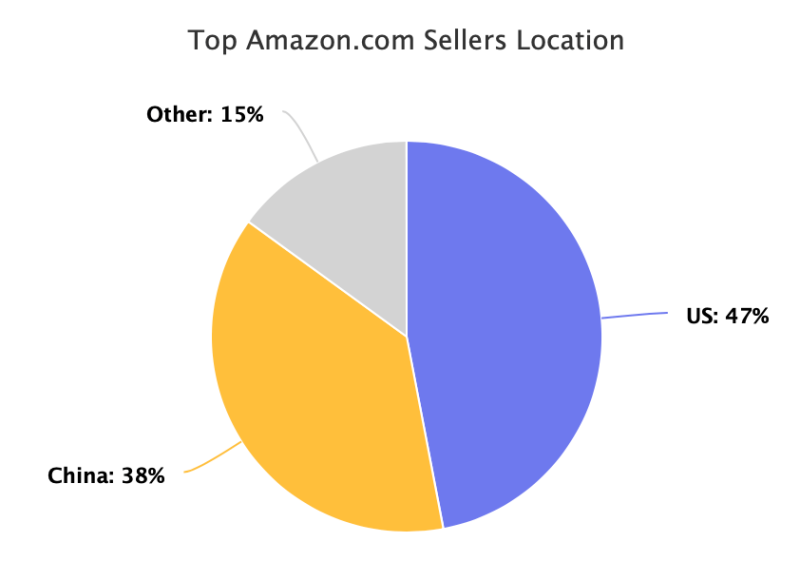

Remember, that 5 years later I’m now paying more than I was to my supplier (due to inflation), and I’m paying more for shipping, warehouse fees and everything else.
This means that where I was once making $7.99 profit per unit sold, I’m now making $3.49.
Imagine what these numbers are going to look like in another 5 years!
Will it even be worth selling my product on Amazon then?
This brings me to the next factor to consider before selling on Amazon...Risk.
9. RISK: You’re Gambling Every Time You Place an Order
Another huge factor to be aware of when selling on Amazon is that you’re rolling the dice every time you place a new order.
Why is this?
Well think about this.
Imagine you place an order of 3,000 units with your supplier, and every one of them is faulty.
Sure it’s unlikely that every unit would be faulty, but not impossible.
It’s also not impossible that a large percentage of your order is faulty.
Of course you wouldn’t know your order is faulty, so it would be shipped into Amazon to be sold.
That's when things would start going horribly wrong...


As buyers discover their purchase is faulty, they would either request a refund, leaving you with an unsellable item, or they would leave a 1 star review on your listing.
...or even worse...they’d do both!
Imagine hundreds and hundreds of 1 star reviews and refunds floating in, all because your supplier had a faulty batch.
This would literally ruin your Amazon business overnight, as your sales would plummet and you’d be out of pocket for the faulty products.
You could have done everything right on your side, but because your supplier made a mistake, your whole business would be in trouble.


Of course, by this stage you’d possibly have a new order in production, or on the ocean on its way to Amazon.
All the while your product rating would have dropped completely, due to the influx of negative reviews, meaning it will be difficult to sell your next shipment (even if it wasn't faulty).
When it comes to selling on Amazon, you’re always gambling with your business and your future.
Once again, is that the kind of foundation you’d ever want to build your family's future on?
10. CUSTOMERS: Do You Even Have a Business if You Don’t Have Customers?
Know this...when you sell on Amazon, you might be tempted to think that the person that buys your product is your customer, but you’d be wrong.
They are, and always will be Amazon’s customer.


Amazon handles the entire purchasing process from start to finish.
You’re allowed to contact the customer, but there are strict guidelines around what you’re allowed to say, and you never have access to their contact details, or payment details.
You’re also prohibited from steering them away from Amazon’s platform to your own.
This is a big no no in the Amazon TOS’s world!
All communication is done through Amazon’s selling platform, which means you only get access to them once.


If Amazon shut you down, you have zero customer base to start again with, unlike if you were selling on your own website.
In a nutshell, when you sell on Amazon, you aren’t building any assets for your business.
You have no website that generates traffic and sales, and you have no customers that you can contact and promote your other products to.
If you’re kicked off Amazon’s platform, your business would evaporate overnight, because you have no customer base to start again with.
Scary thought right?
11. LOST STOCK: Amazon Can and Will Lose Your Stock
There are 2 kinds of Amazon sellers.
Those that have had Amazon lose their stock, and those that will have Amazon lose their stock.
Either way, it’s gonna happen.


In the last 5 years of selling on Amazon, I've had my stock go missing 3 times.
Gone. No explanation, or reason.
My shipping supplier has delivered my inventory to Amazon’s warehouses, but it never arrives in our inventory report.
When this has happened, the result has been 2-3 months of emails and phone calls to Amazon’s support centre trying to rectify the issue and get them to pay me for the lost stock.
Of course, proof of purchase from my suppliers was then required in an attempt to get back the amount I'd spent on the stock.
Bare in mind, we’re talking about orders which cost me well over $20,000.
But here’s the real impact…


Because my new stock was never loaded into my inventory, I didn’t have any stock to sell.
This meant that I ran out of stock for 2 months.
Not only did my income dry up, but I also lost my Amazon ranking.
When my next order did eventually arrive 2 months later, my listing was nowhere to be found on page 1 of Amazon.
Instead, I was buried on page 4, where no one could find me.
This meant I basically needed to start from scratch, running expensive PPC advertising in an attempt to get people to buy my product and improve my ranking back to page 1.
All because of something that was totally out of my control, and Amazon's mistake.
P.S. I'm still waiting for the sorry card from them...
12. HIJACKERS: Lost Profits and Brand Impact
Another scary truth bomb about Amazon is the fact that your listing could get hijacked by rouge sellers who mask their products as yours.


The process is simple.
Suppliers create a copy / lookalike of your product and packaging, and are then able to simply add their product to your listing.
Not only are they able to undercut you on price, but you can be sure that the quality of their product won’t be the same as yours, which could lead to negative reviews being submitted on your listing.
All in all, not a great place to be with your listing, and a real danger to the livelihood of your business.
13. YOUR AMAZON RANKING: This Will Make or Break Your Business
One of the biggest factors that will determine your success on Amazon is whether or not you are able to rank your product at the top of page 1.


At the end of the day, getting sales on Amazon is about getting eyeballs on your products.
The more eyeballs you get on your products, the more chance you have of selling them.
More importantly, without getting eyeballs on your products, you almost have no chance of selling them.
So you don’t need me to tell you how important it is to get your product to the top of page 1 when someone types in the keywords related to your product.
There’s just one problem though...You have no control over where your product ranks.
Sure, you can optimize your listing, and you can improve your sales velocity which are all factors that go into Amazon’s ranking algorithm, but the truth is, no one fully understands or has any control over the ranking process.
I’ve had days where my listing has been in position #1 right at the top of Amazon’s first page, and I’ve seen my sales skyrocket into the 100’s of units a day…
I’ve also seen my listing slip down to #23 on the first page for no apparent reason, and sat gobsmacked as my sales dried up to almost nothing.
Once again, this is just an example as to how little control you have over this business model.
A simple factor like your ranking could be the difference between selling 10,000 units a month, or selling 100...and you have no control over it.
14. REVIEWS: Another Make or Break Factor
Like your search ranking, product reviews make up a critical element to your success on Amazon.
Any product that has less than 4 stars is always going to struggle to compete with product that have 4 and 5 stars.


If you've got less than 4 stars, the only way you will be able to compete is to significantly drop your price, which no one wants to do right!
Here’s the scary thing about Amazon reviews though.
Like many other parts of this business model, you have very little control over your reviews.
At any given time your competitors could pay people to leave 1 star reviews on your listing.
Fortunately this has never happened to me, but I’ve heard of this happening to hundreds of other sellers.
What I have experienced is buyers leaving a 1 star review, without leaving their real names.
This then makes it impossible to track them and contact them to correct the issue.
You could have the best intentions with regards to your customer service as a seller, but if you can’t contact your unhappy customers, how can you fix their problems?
Once again, you have absolutely zero control over the reviews that are left on your Amazon product listing, and you pretty much just have to hope and pray that you don’t get a flurry of negative reviews.
THERE'S A BETTER WAY: My #1 Online Business Model
Selling on Amazon is hard.
The good news is that I've found a better online business model, that is now making me over $30K a month.
This is local lead generation, and here's why I love it...
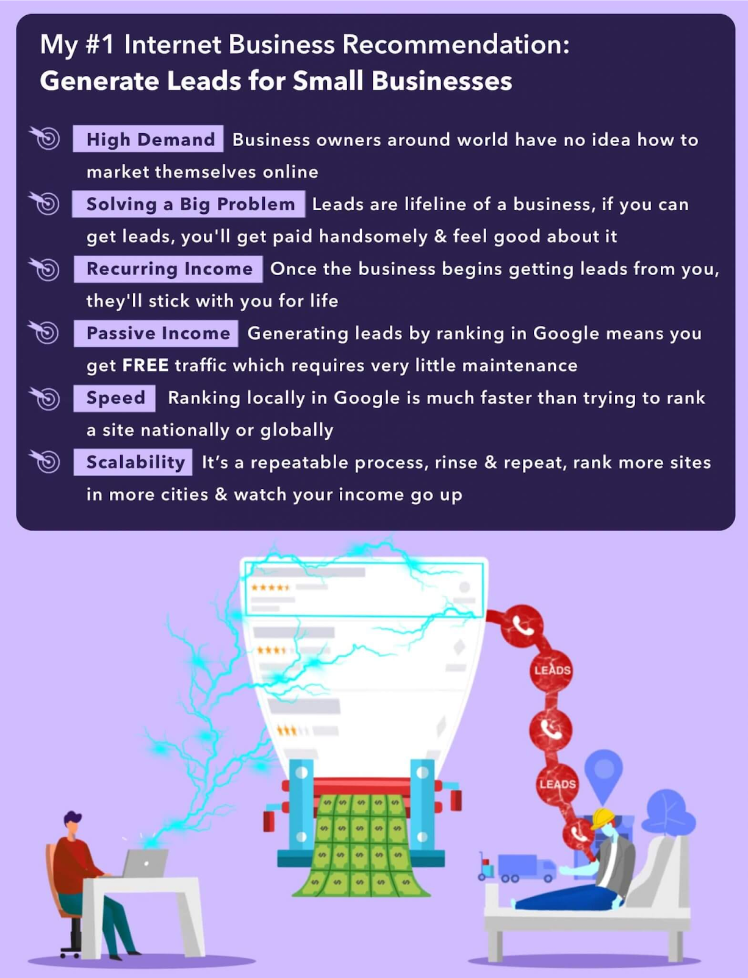

With local lead gen, you're building small service websites and then ranking them in Google (super easy to do).
For example, imagine you build a small website about carpet cleaning in Boston.
Once the website ranks in Google, you then drop a call tracking phone number on it (only costs $10 a month).
You then partner with a local carpet cleaning company in the area, and redirect the phone number to them so that they take the calls.
When people search Google for a carpet cleaner in Boston, they find your site, and call the number.
The calls go to the carpet cleaning company and they pay you a fee for sending them leads.


I've got over 50 of these websites in different niches like plumbing, tree services, electricians, carpet cleaning etc.
Some of my clients pay me per lead (e.g. $20), or they'll pay a commission on any lead they close (usually 10%), or they'll pay me a flat rental fee for all the leads I send them (say $750 a month).
Can you see the potential here?
Imagine having 50 websites each earning you $750 a month?
Here's why I prefer local lead generation to Amazon FBA.
Lead Generation Always Wins...
Amazon FBA
Lead Gen
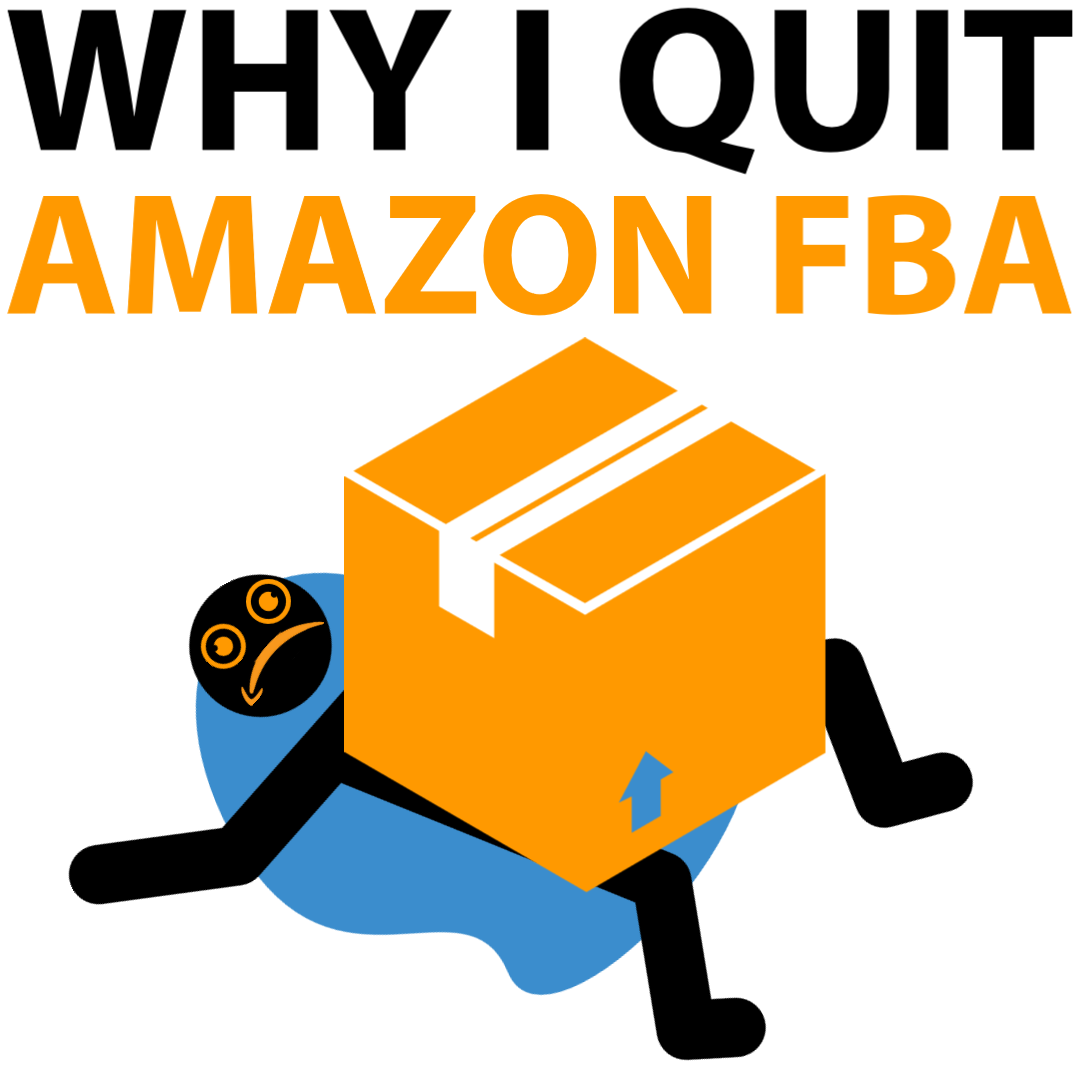

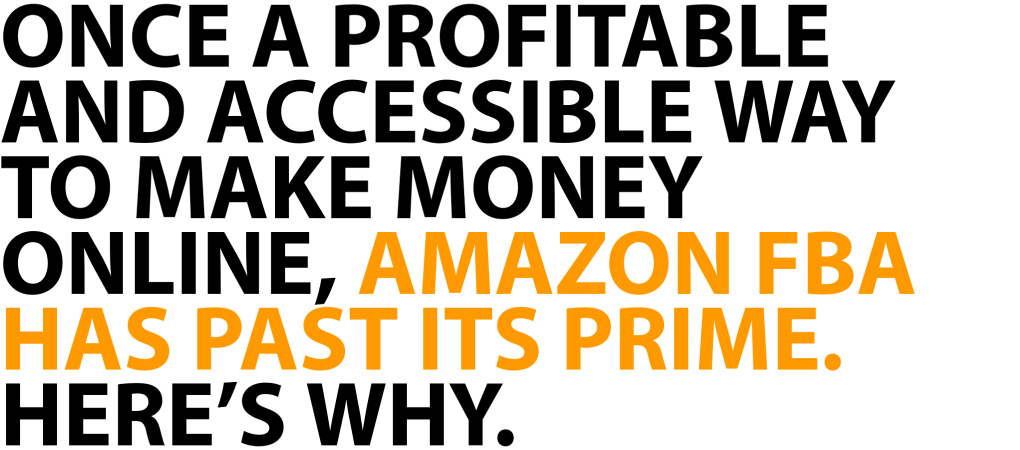

MARKET SATURATION & COMPETITION


You're going head to head with literally millions of sellers covering over 6000 different product niches. Breaking into an established niche is next to impossible - and finding untapped niches are becoming increasingly rare.
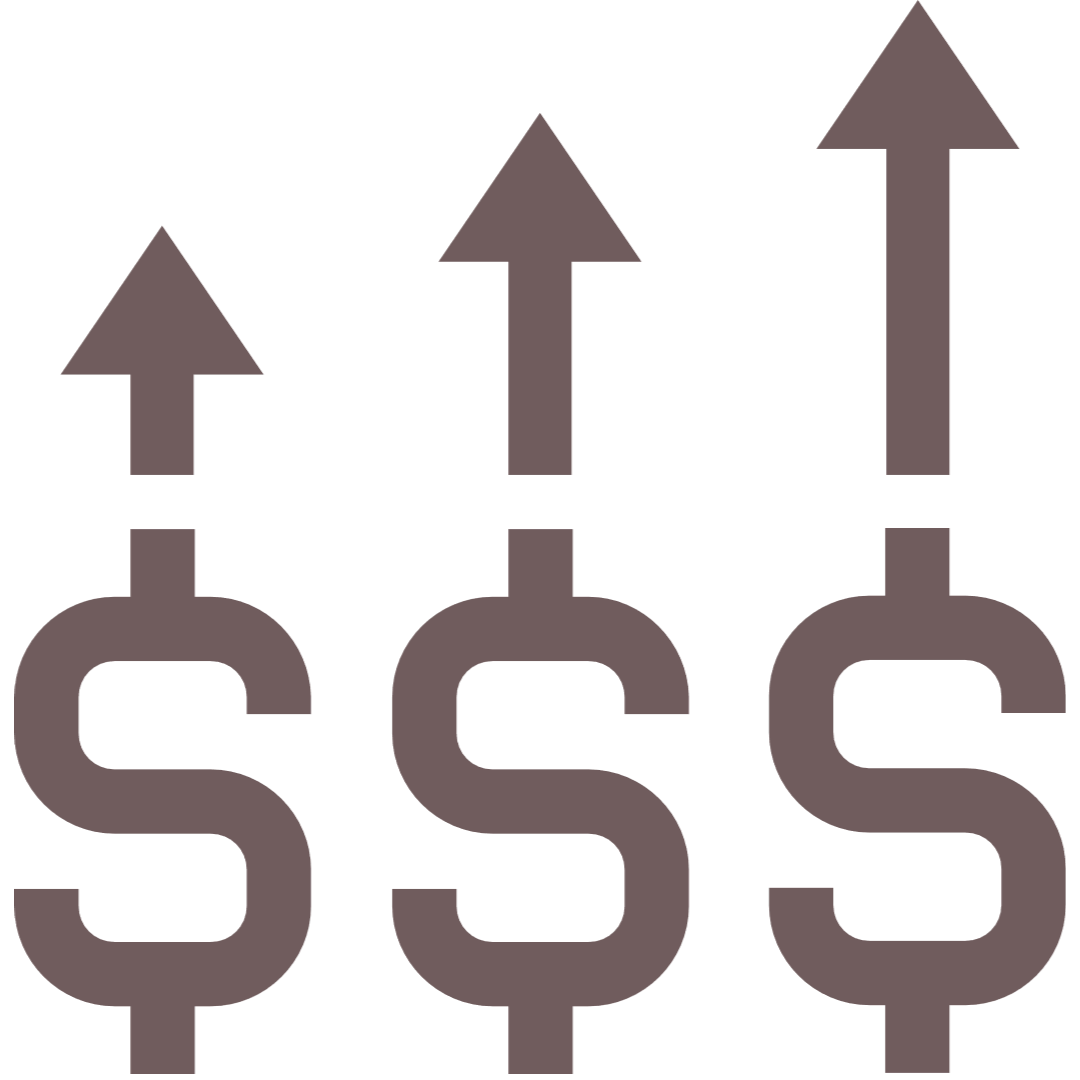

Start up costs require roughly $5000 in initial inventory, $10,000 in advertising, and $3000 in listing optimization, packaging, and branding. All in all, if you want to have a chance at success, you'll need to spend roughly $15,000 to $20,000 just as an initial investment.
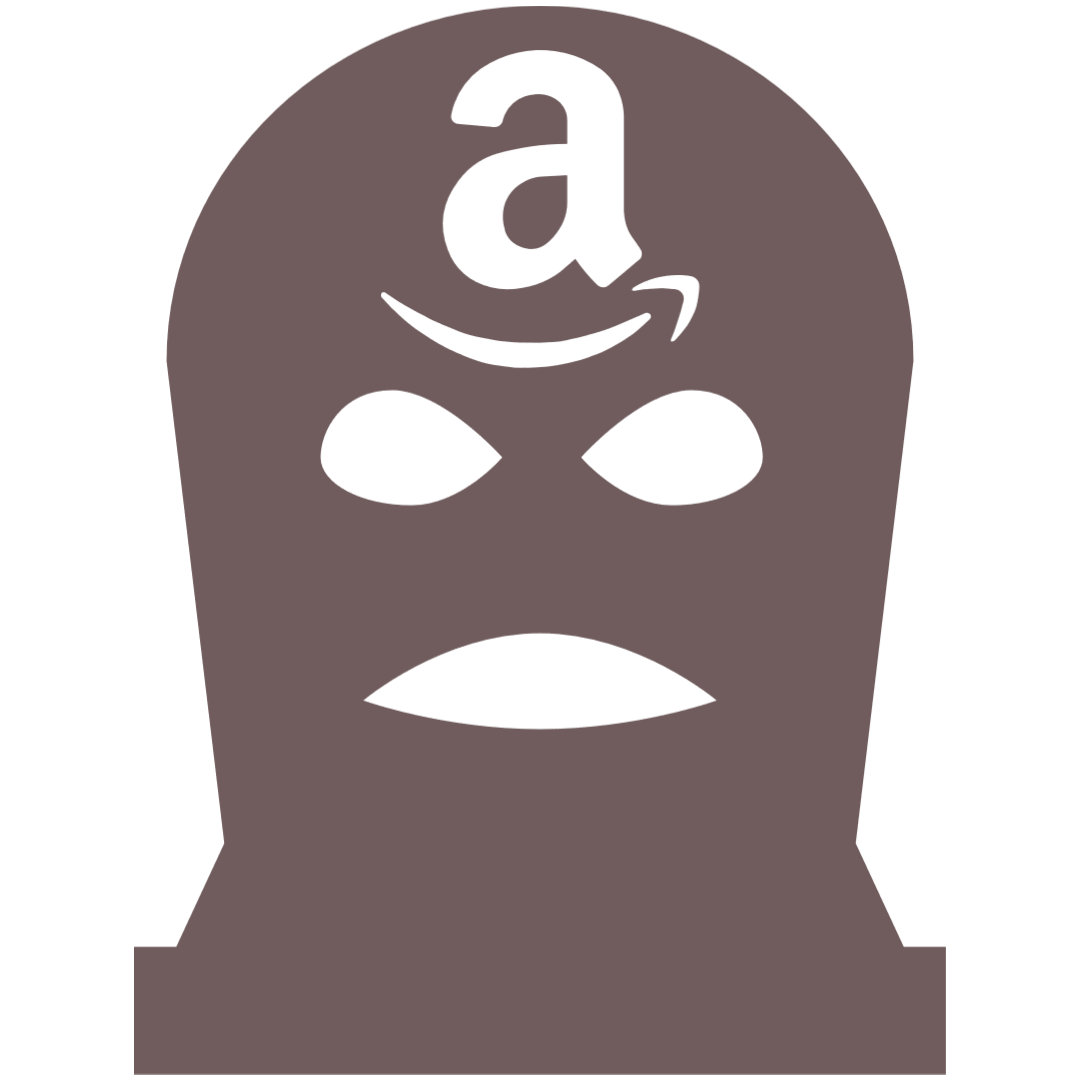

Nearly all successful products are copied and resold by either Amazon or Chinese manufacturers who then undercut their competition at margins that only billion dollar companies can afford. Every time you see an Amazon Basics or Essentials product at the top ranked listing, it's likely that dozens of independent sellers went out of business.
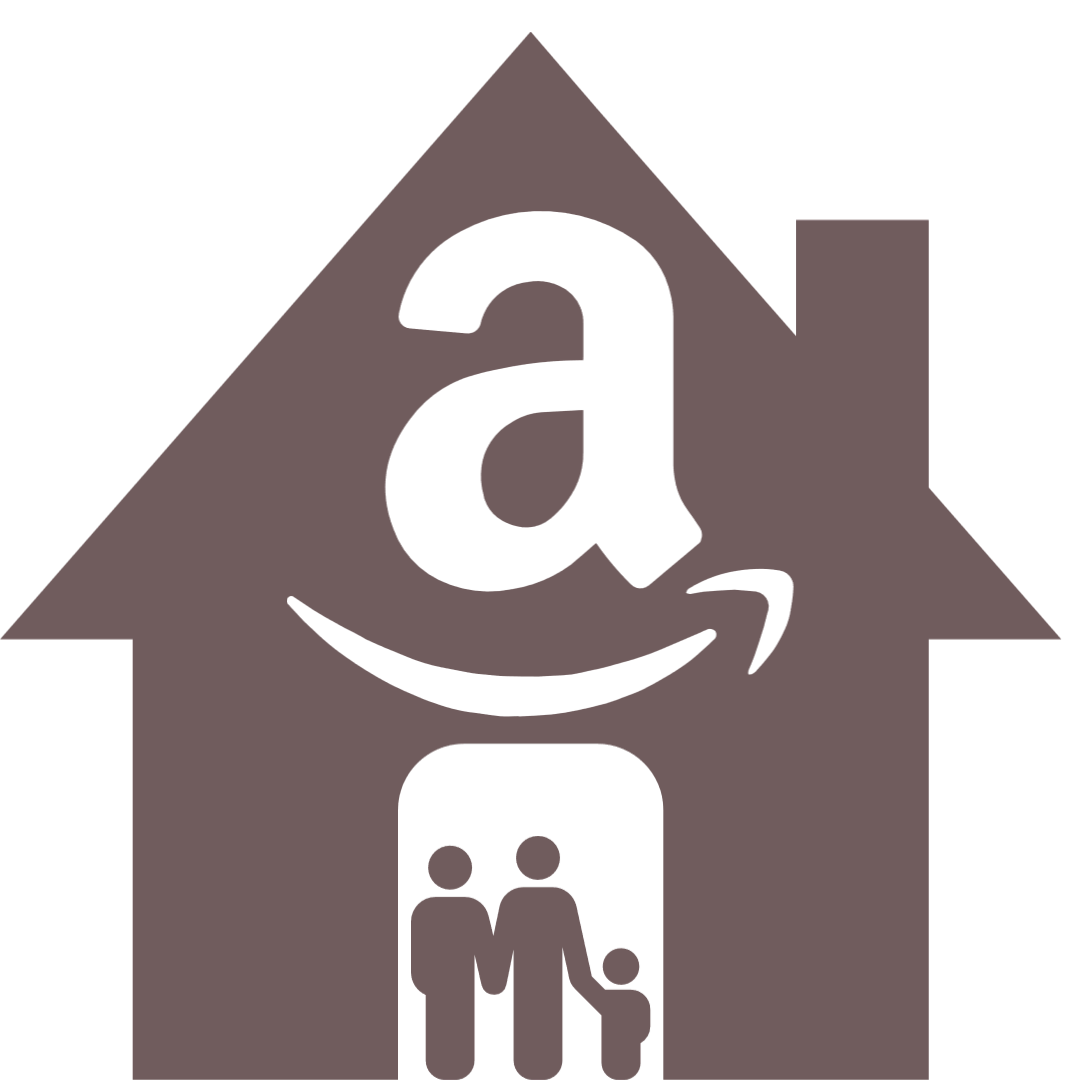

The key to long term wealth is in building and owning valuable assets, but with Amazon FBA, you own nothing. You're an enslaved middleman to Amazon, who care only about market domination and making a profit. Remember, you're there to make them money - and your use of Amazon is a privilege they grant you; a privilege they can revoke at any time.


Between identifying products and suppliers, passing quality assurance, securing inventory, and then product ranking, you're looking at over a year before you even have a chance at seeing a net positive income.
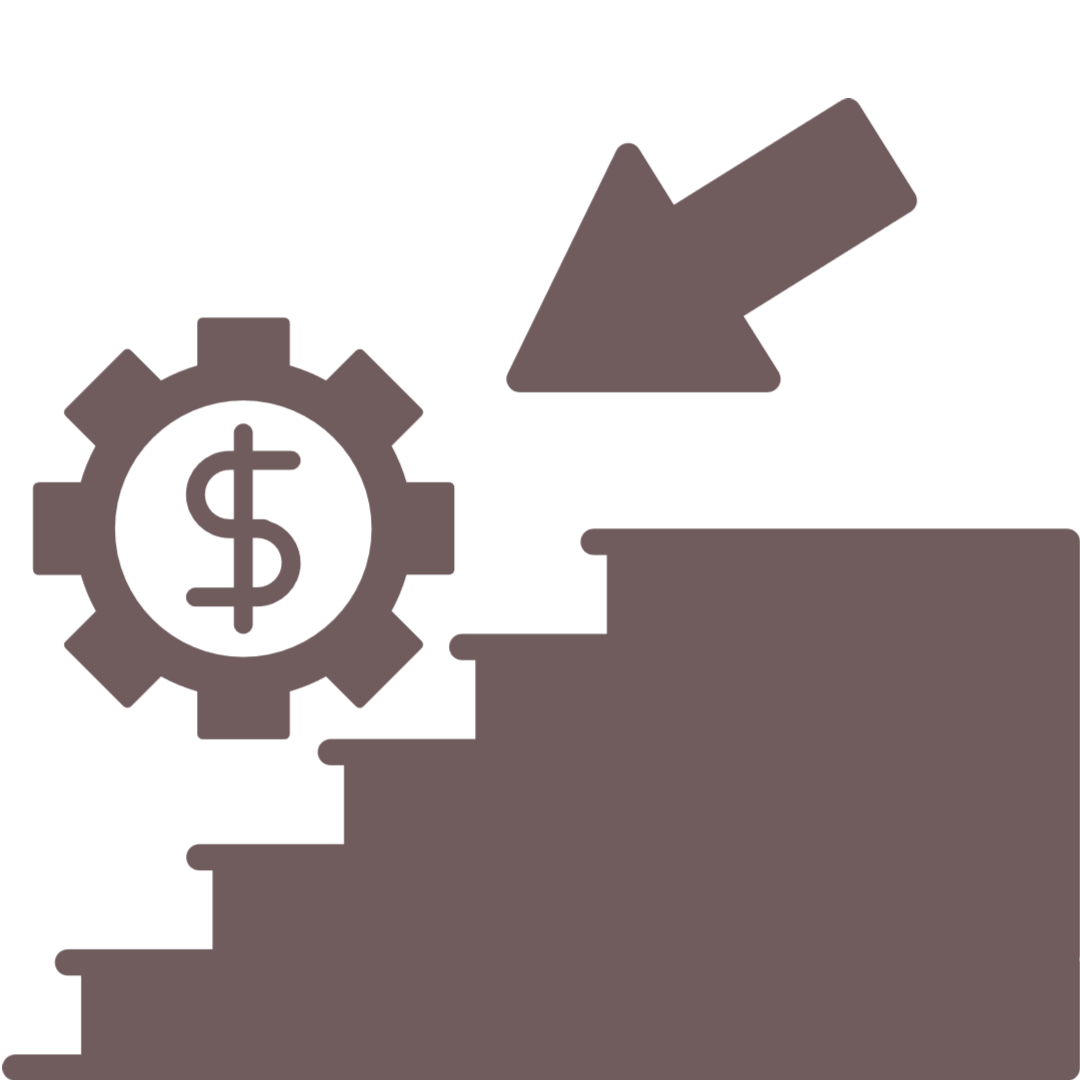

Profit margins are extremely low, meaning the only real way to make money is through mass ordering. Successful Amazon sellers often make less than 10% profit off of their sales.


Amazon's terms of service are fickle and ever changing. Bans are frequent and can spell disaster for FBA startups and established businesses alike.


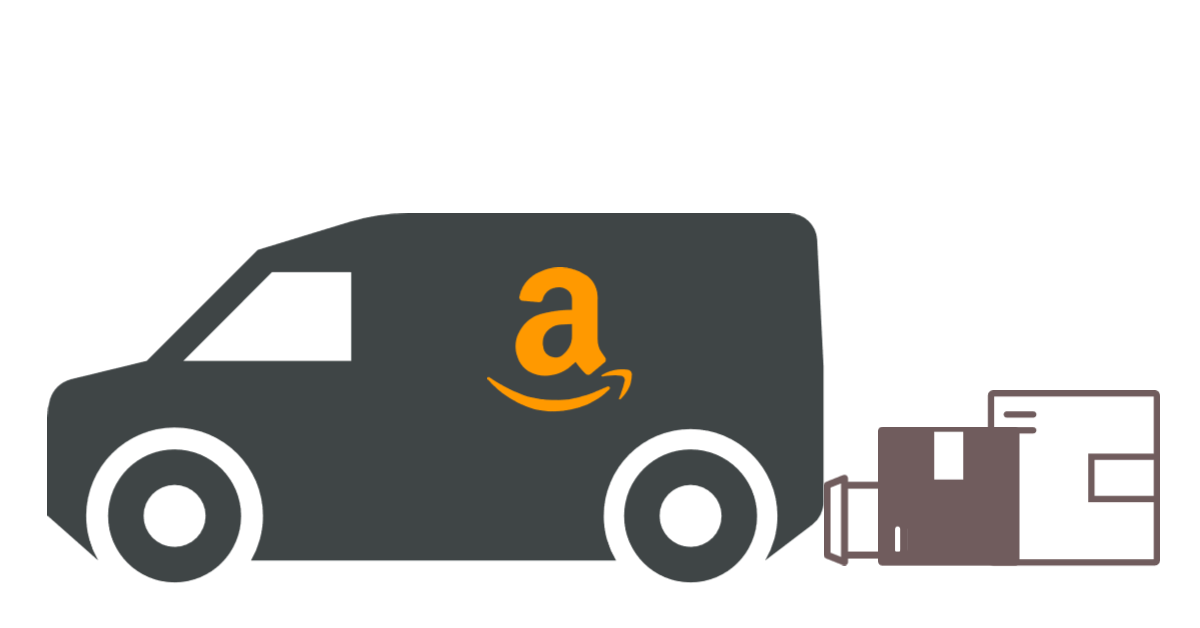

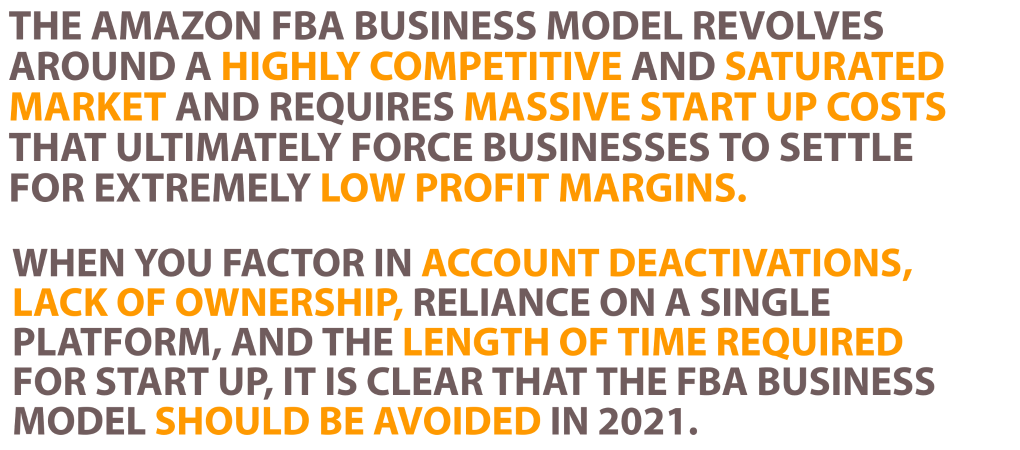





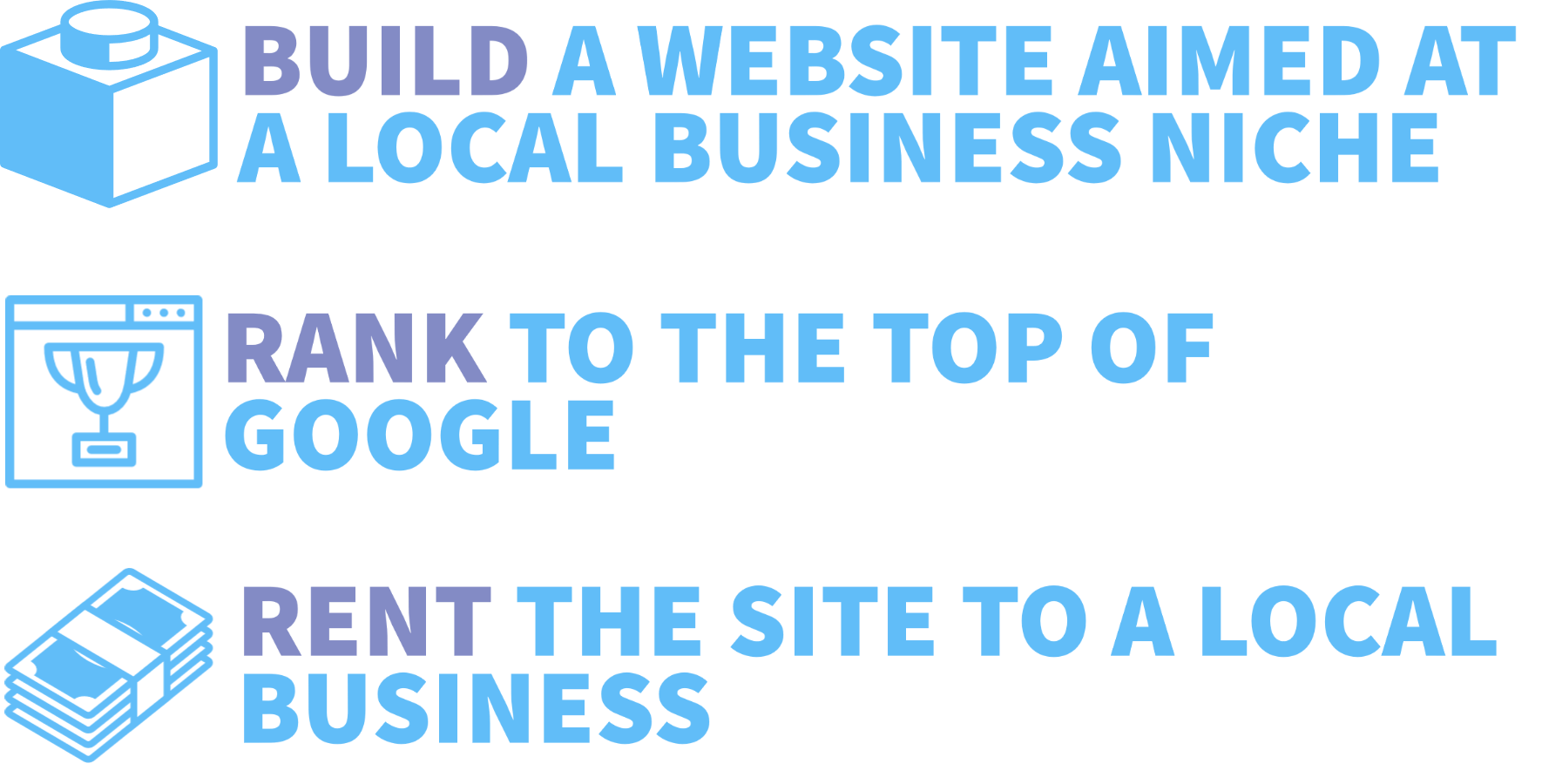



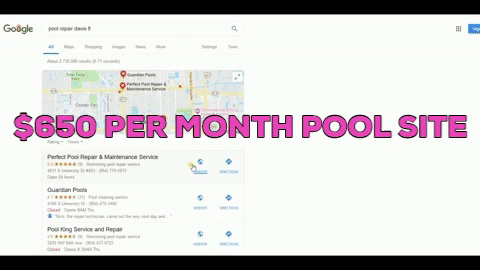



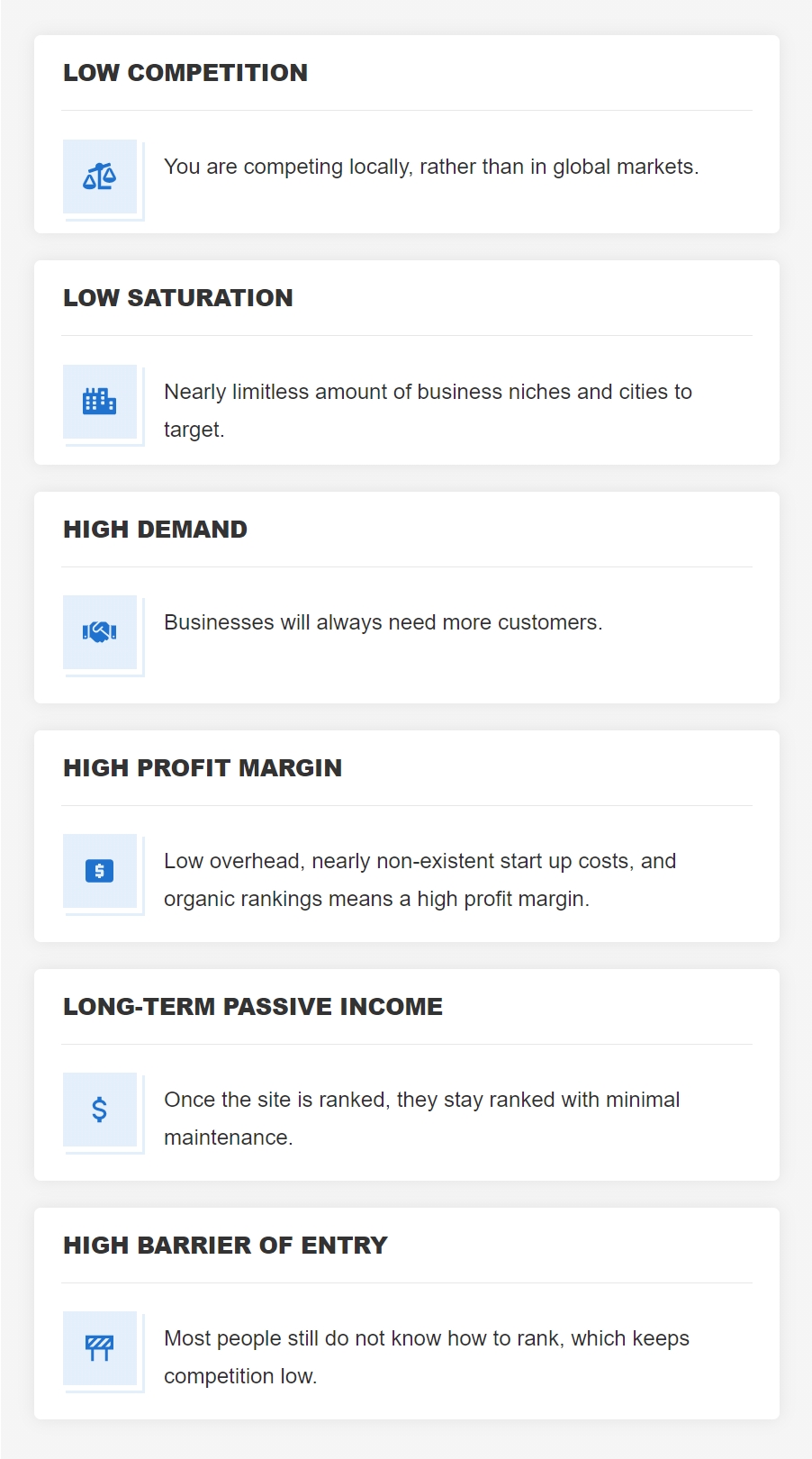



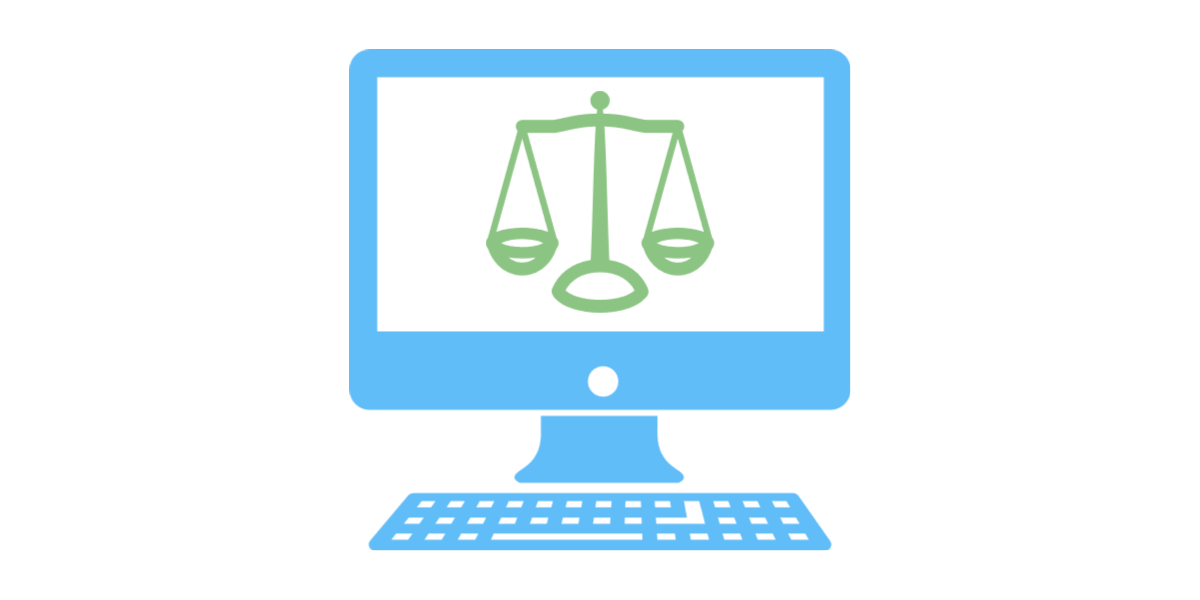

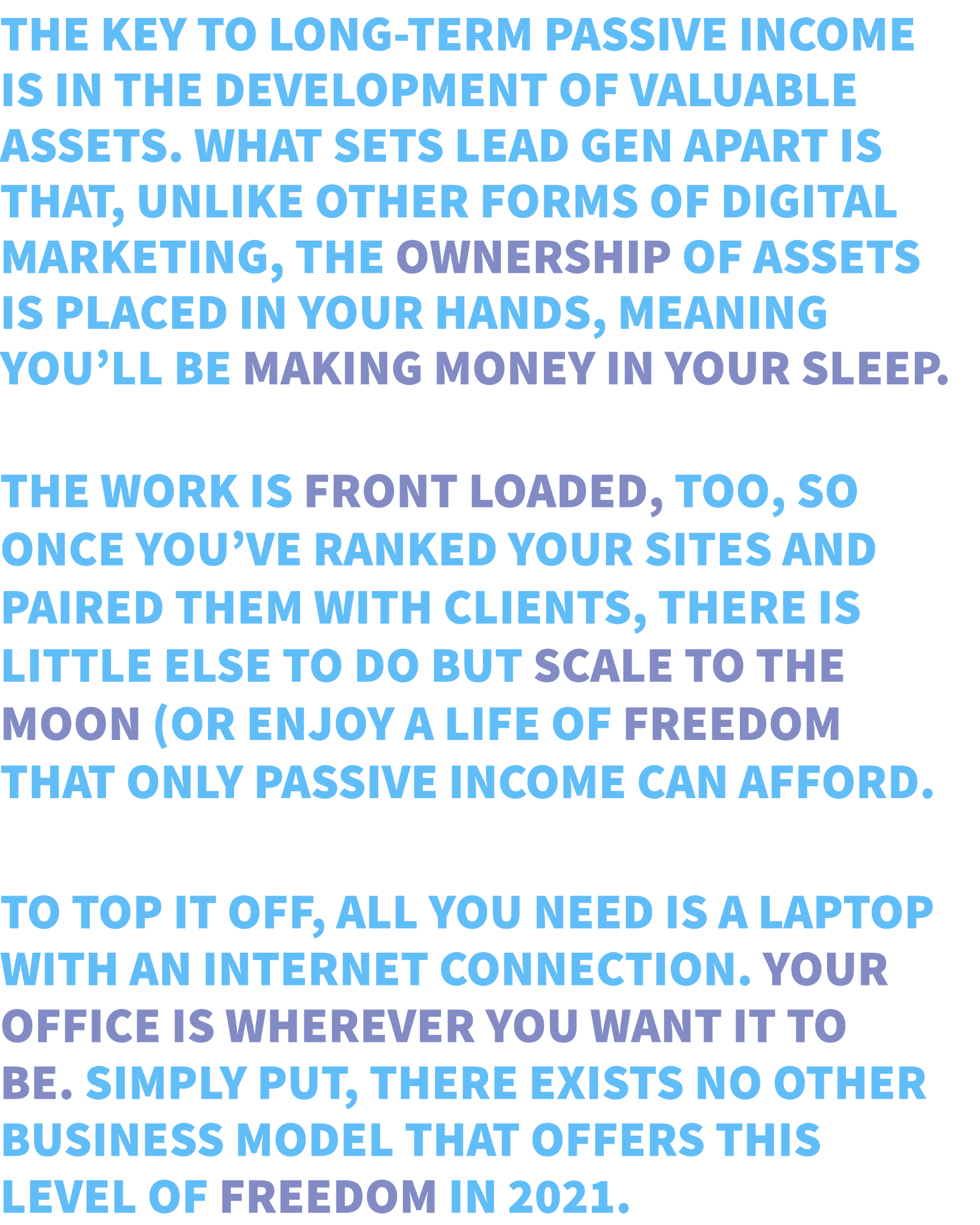

Local Lead Generation
Schedule your coaching call today